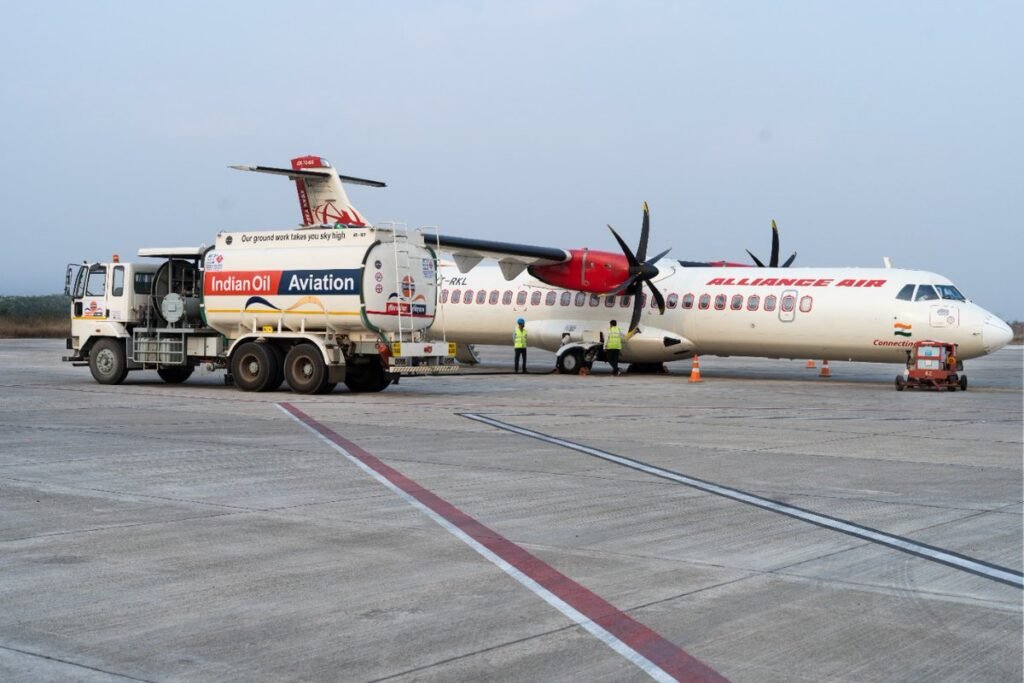Fueling Arrangement
Fueling Arrangement
The fueling arrangement for flights involves the process of refueling aircraft with aviation fuel to ensure they have sufficient fuel for their journey. Here is a general overview of the typical fueling arrangement:
It’s important to note that specific fueling arrangements may vary depending on the airport, aircraft type, and fueling procedures in place. Airports and airlines adhere to strict safety regulations and guidelines established by aviation authorities to ensure safe and efficient fueling operations.

- Fuel Source: Aviation fuel, commonly known as jet fuel, is obtained from designated fuel suppliers. These suppliers produce and store the fuel at refineries or storage facilities specifically designed for aviation fuel.
- Fuel Trucks: Specialized fuel trucks, often called “fuel bowsers” or “fuel tankers,” are used to transport fuel from the storage facility to the aircraft. These trucks have large fuel tanks and are equipped with safety measures to prevent fuel spills or accidents.
- Fueling Area: At airports, designated fueling areas or aprons are used for aircraft refueling. These areas are usually equipped with fuel hydrant systems or fueling pits that allow the fuel trucks to connect to the aircraft for fuel transfer.
- Safety Precautions: Safety is of utmost importance during aircraft refueling. Before fueling begins, various precautions are taken, such as grounding the aircraft to prevent static electricity, ensuring the fuel truck and equipment are in good working condition, and following strict safety protocols.
- Fueling Process: The fuel truck is positioned near the aircraft, and the fueling operator connects a fuel hose or nozzle to the aircraft’s fueling port. The operator ensures a secure connection and monitors the fuel transfer process.
- Fuel Quantity Measurement: During fueling, the operator monitors the amount of fuel being transferred. Fuel quantity is usually measured in gallons or liters, and some aircraft have systems to monitor the fuel level and provide feedback to the operator.
- Fuel Quality Control: Aviation fuel undergoes quality control checks to ensure it meets the required standards. Fuel samples may be taken during fueling to check for contaminants or water presence. Fuel filters and separators are used to remove impurities before the fuel enters the aircraft’s fuel tanks.
- Completion and Documentation: Once the fueling process is complete, the operator disconnects the fueling equipment, ensures all fueling valves are closed, and confirms that the aircraft’s fuel caps or covers are securely in place. Fueling details, such as the amount of fuel transferred, are recorded for documentation and operational purposes.
WHY CHOOSE US
Highest Standards Of Accountability
Save Your Time While You Fly
We provide seamless interface with other airport operations and ensure that each aircraft turnaround is complete and fully compliant with all established procedures and service standards.
Trips &
Tours
Tours

